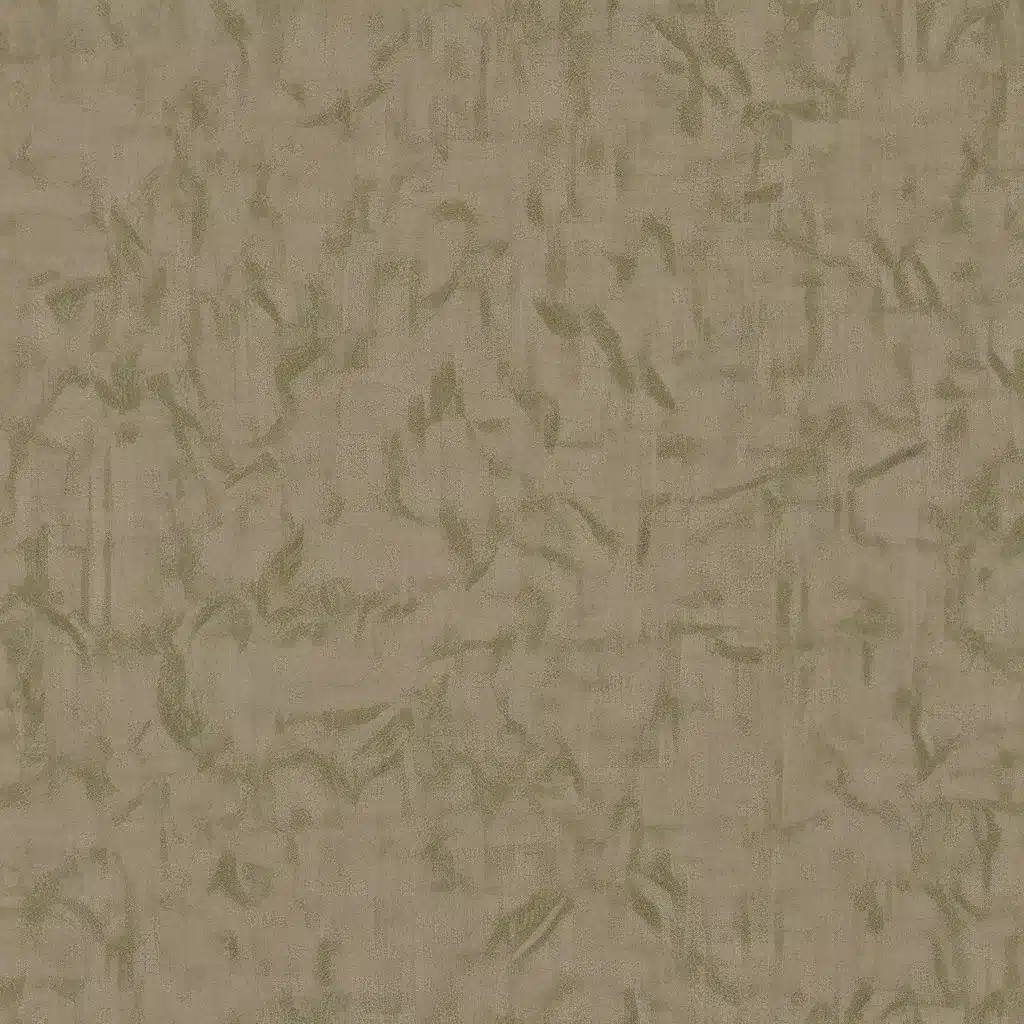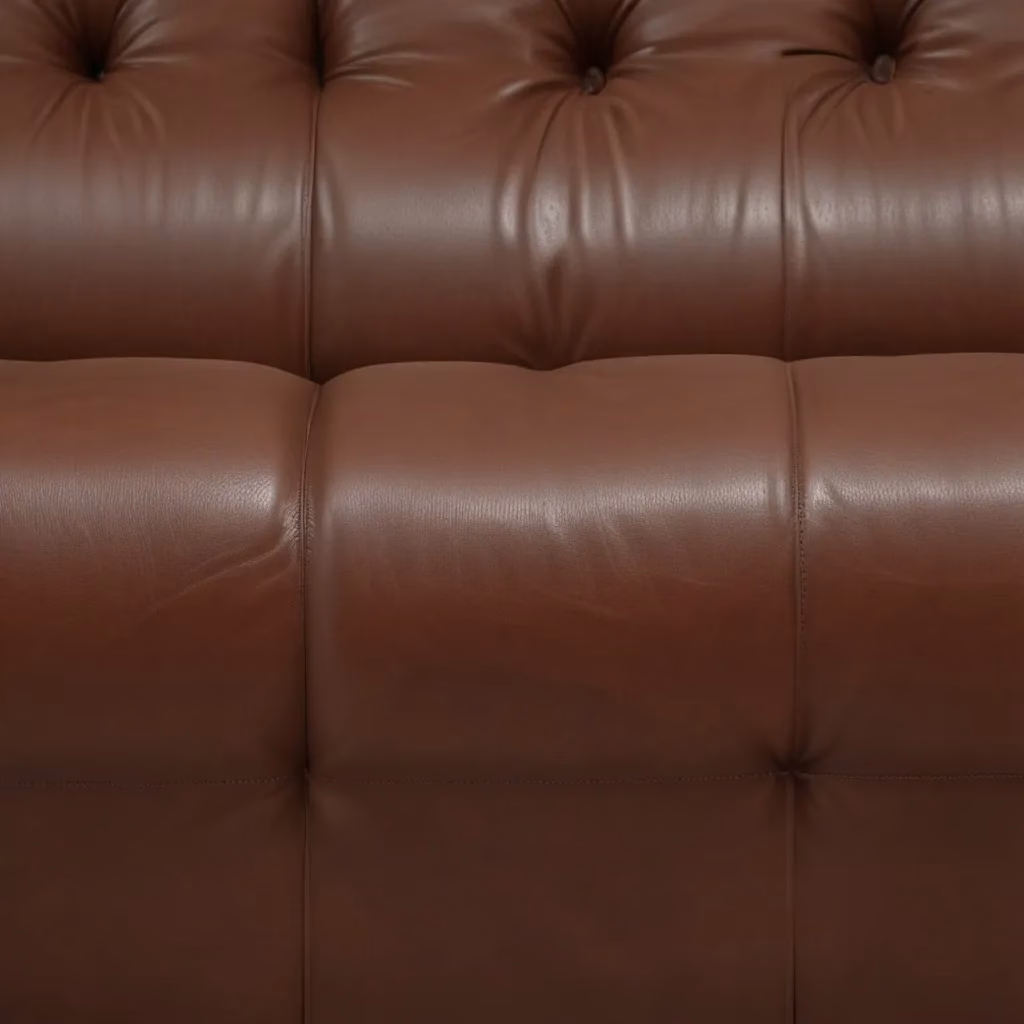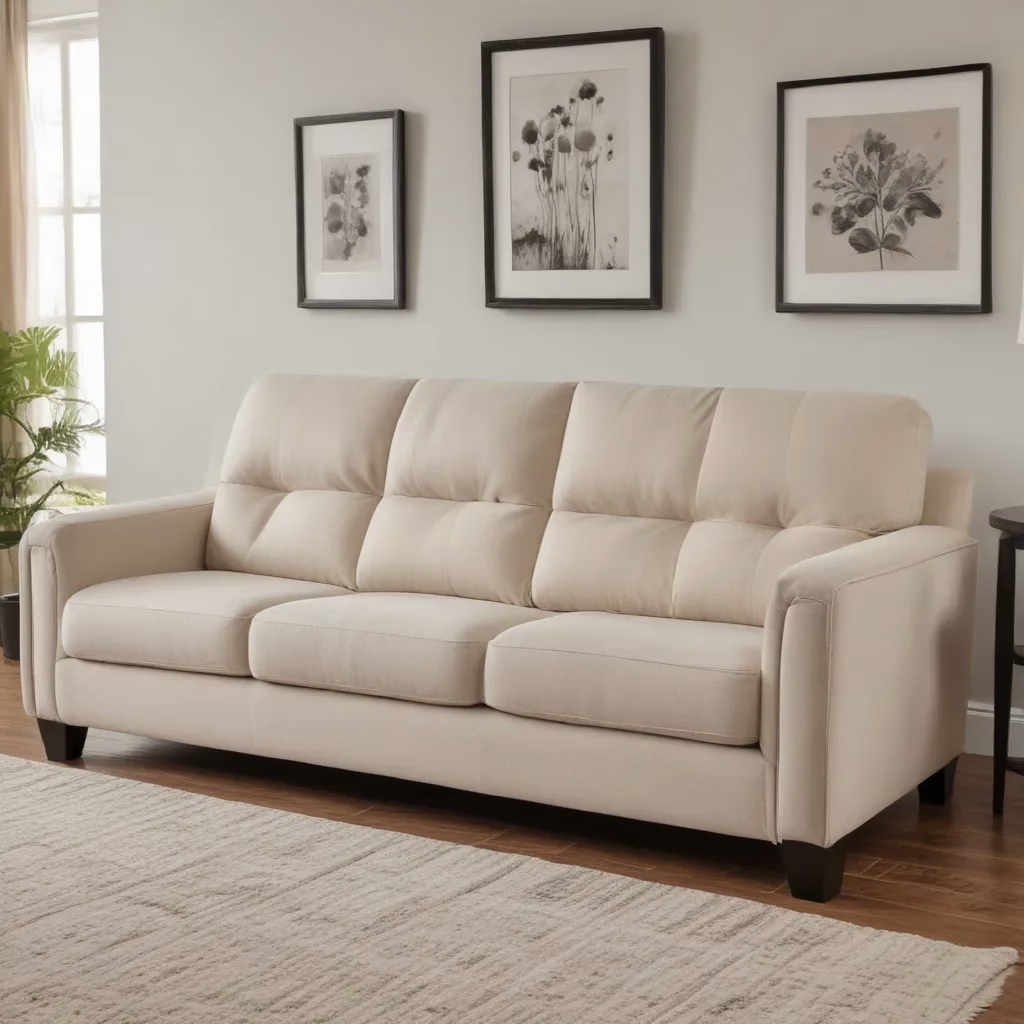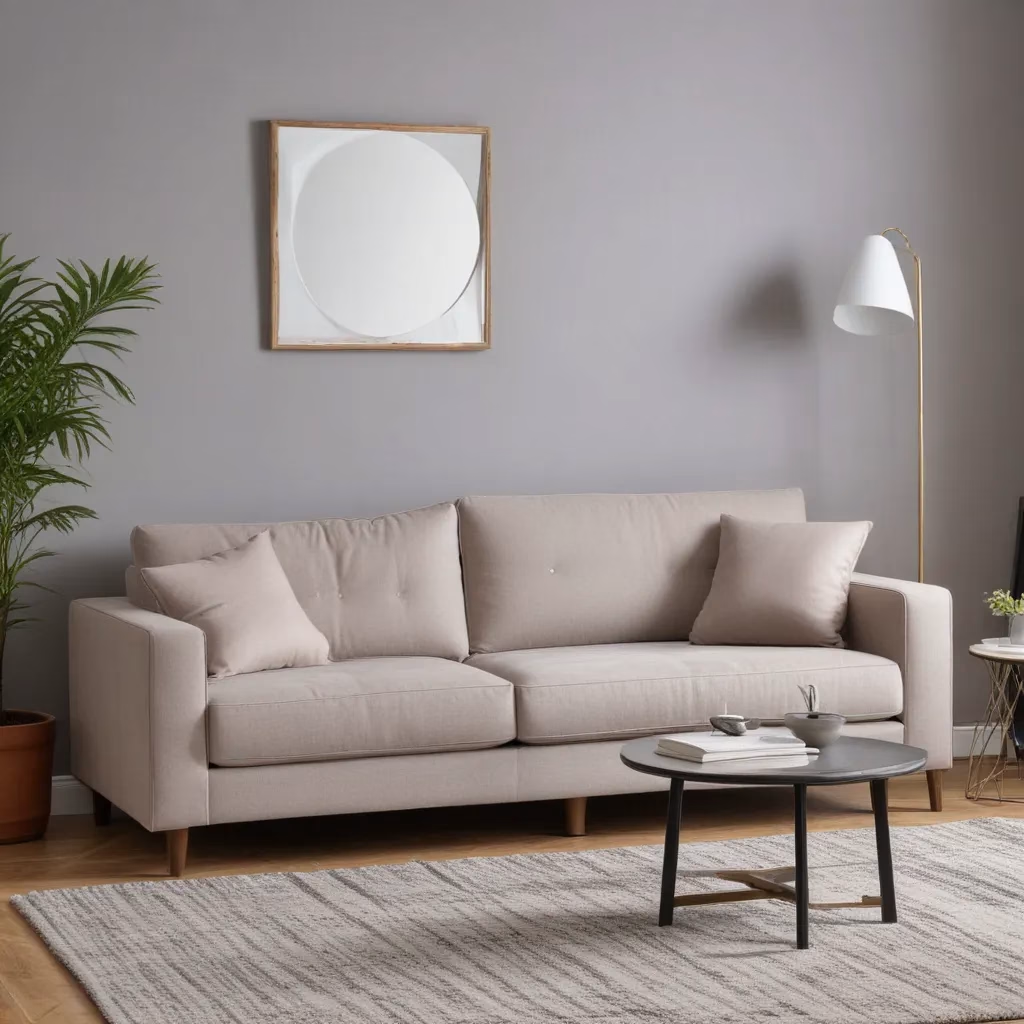
As a passionate advocate for the environment, I’ve always been on the lookout for ways to incorporate sustainable practices into my daily life. And when it comes to furnishing my home, the quest for eco-friendly upholstery fabrics has become a priority. After all, the furniture industry has a significant impact on the planet, so why not do our part to make a difference?
Unraveling the Fabric of Sustainability
When I first started researching sustainable upholstery options, I was a bit overwhelmed by all the technical jargon and competing claims. But after digging deeper, I realized that there are a few key factors to consider when evaluating the eco-friendliness of a fabric.
First and foremost, the fiber source is crucial. Natural fibers like organic cotton, Tencel, and hemp are generally more sustainable than synthetic options that rely on petrochemicals. These natural materials are often produced using fewer pesticides, less water, and with lower carbon emissions.
Another important aspect is the manufacturing process. Some fabrics, like conventional cotton, can require a lot of energy and water during production. In contrast, Tencel is made from sustainably harvested wood pulp, and the manufacturing process is relatively eco-friendly, although it does involve some chemical processing.
Lastly, I’ve learned to pay attention to the durability and biodegradability of the fabric. After all, what’s the point of investing in an eco-friendly fabric if it doesn’t stand the test of time? Fabrics that are built to last and can eventually be broken down without harming the environment are the true champions of sustainability.
Sustainable Superstars: Exploring Top Eco-Friendly Fabrics
Now that I have a better understanding of the criteria for sustainable fabrics, let’s dive into some of the top contenders in the upholstery world.
Organic Cotton
Organic cotton is a perennial favorite among eco-conscious consumers. Unlike conventional cotton, which relies heavily on pesticides and synthetic fertilizers, organic cotton is grown without the use of harmful chemicals. This not only reduces the environmental impact but also ensures that the final product is free from potentially toxic residues.
The downside? Organic cotton does require a lot of water during the growing and processing stages. However, many textile manufacturers are working to address this issue through innovative water-saving techniques.
Tencel
Tencel, also known as lyocell, is a cellulose-based fiber derived from sustainably harvested wood pulp. The manufacturing process involves a closed-loop system that recycles and reuses the water and chemicals, making it a relatively clean and energy-efficient option.
Additionally, Tencel is naturally anti-bacterial and hypoallergenic, making it an excellent choice for those with sensitive skin. And with its soft, silky texture, Tencel can rival the luxurious feel of traditional upholstery fabrics.
Hemp
Hemp is another natural fiber that has been gaining popularity in the sustainable fashion and home decor spheres. Unlike cotton, hemp requires significantly less water and pesticides to grow, and it’s also biodegradable.
One of the best things about hemp is its durability. This tough, resilient fiber can withstand heavy use and even improves in appearance over time, making it a fantastic choice for high-traffic areas like living rooms and dining rooms.
Introducing Conserve: Recycled Wonders
As I continued my research, I stumbled upon an innovative fabric option that really piqued my interest: Conserve, the eco-friendly upholstery fabric offered by Sofa Spectacular.
Conserve is made from recycled plastic water bottles, which are transformed into a soft, durable, and visually appealing fabric. The process involves collecting the bottles, sorting, washing, and then processing them into a versatile fiber that can be used for upholstery.
What I love about Conserve is that it combines style and sustainability in a way that’s truly impressive. These fabrics come in a wide range of colors and patterns, so you don’t have to sacrifice aesthetic appeal for the sake of being eco-friendly. And with their proven durability, you can rest assured that your Sofa Spectacular furniture will last for years to come.
Navigating the Sustainable Sofa Landscape
As I’ve delved deeper into the world of eco-friendly upholstery, I’ve realized that the furniture industry is undergoing a significant shift. More and more companies are recognizing the importance of sustainability and are actively seeking to reduce their environmental footprint.
At Sofa Spectacular, for example, the Conserve fabric option is just one of the ways they’re leading the charge. By offering a range of sustainable upholstery choices, they’re empowering consumers like myself to make informed decisions that align with our values.
But the journey to a more sustainable future doesn’t stop there. As consumers, we have a crucial role to play in driving this change. By educating ourselves, asking questions, and supporting businesses that prioritize sustainability, we can collectively create a world where eco-friendly home furnishings are the norm, not the exception.
The Sustainable Sofa Conundrum: Balancing Style and Sustainability
I’ll admit, when I first started exploring sustainable upholstery options, I was a bit concerned that I’d have to sacrifice style for the sake of being eco-conscious. After all, some of the more traditional “green” fabrics had a reputation for being a bit…well, boring.
But as I’ve discovered, that’s no longer the case. Brands like Sofa Spectacular are proving that you can have your cake and eat it too. With their Conserve fabric, you get the best of both worlds: a fabric that’s not only sustainable but also visually stunning, with a wide range of colors and patterns to choose from.
And let’s not forget about the comfort factor. Many of these eco-friendly fabrics, like Tencel and hemp, are surprisingly soft and luxurious, offering a level of coziness that can rival even the most plush traditional upholstery.
So, if you’re like me and you’re on a mission to green up your home decor, don’t be afraid to explore the sustainable sofa options out there. With a little research and an open mind, you might just find the perfect piece that checks all the boxes – style, comfort, and environmental responsibility.
The Sustainable Sofa Frontier: Ongoing Research and Future Possibilities
As exciting as the current state of sustainable upholstery fabrics is, I can’t help but wonder what the future holds. After all, the field of eco-friendly textiles is rapidly evolving, with researchers and innovators constantly pushing the boundaries of what’s possible.
For example, some experts are exploring the use of recycled ocean plastics in textile production, while others are experimenting with plant-based alternatives that could offer even greater sustainability.
And let’s not forget about the potential of biomimicry – the practice of studying nature’s designs and processes to inspire sustainable solutions. Who knows, maybe one day we’ll see furniture upholstered in fabrics that mimic the self-cleaning properties of lotus leaves or the water-repellent qualities of shark skin.
Of course, as with any emerging technology or industry, there are bound to be challenges and obstacles to overcome. But that’s all part of the journey, and I, for one, am excited to see what the future holds.
So, whether you’re in the market for a new sofa or just curious about the latest advancements in sustainable home decor, I encourage you to keep an eye on this ever-evolving landscape. After all, the more we embrace eco-friendly solutions, the closer we’ll get to a truly sustainable future.



